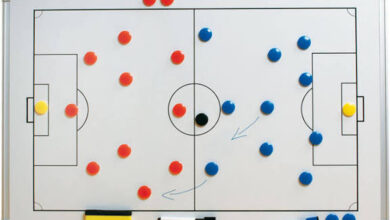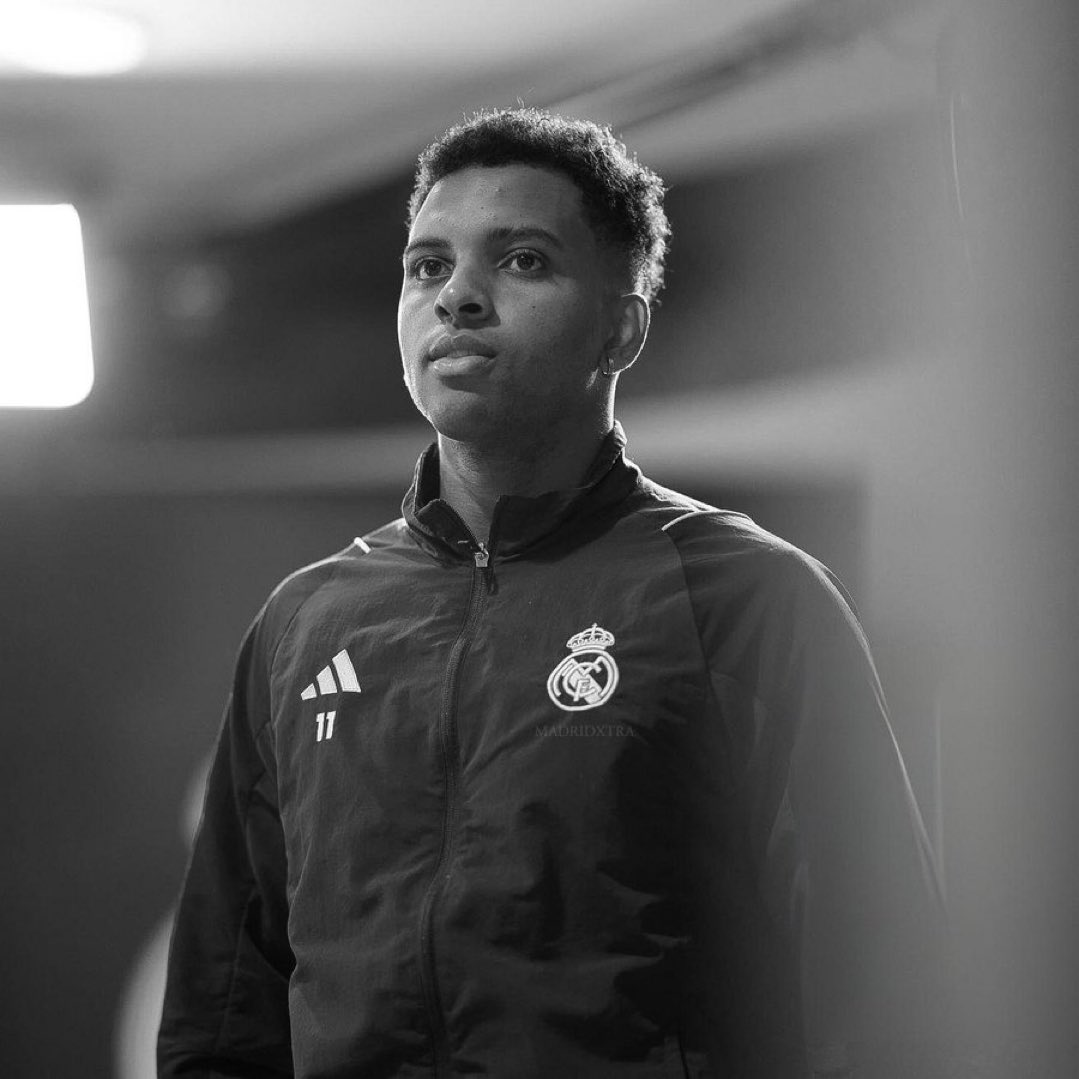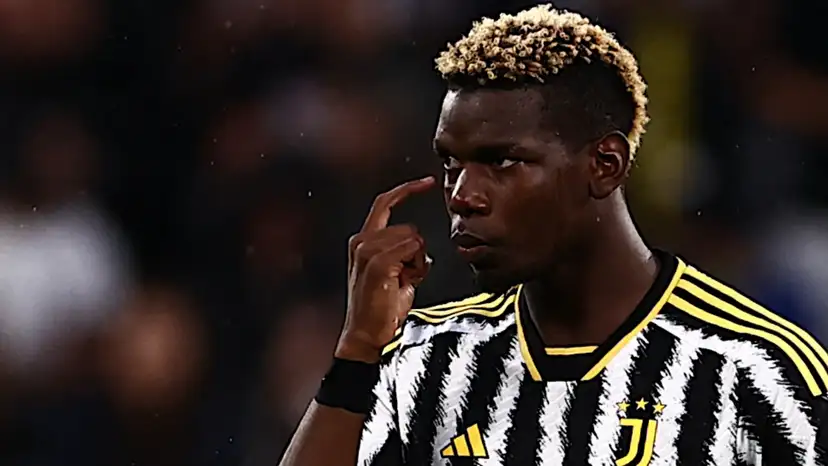
In modern football, few terms cause more debate than “plastic fan.” It is often used to question another person’s loyalty, suggesting that some supporters are less “authentic” because they did not grow up near the club, or only follow when results are good. The phrase has become a way to separate “real” fans from casual or global ones.
Traditional supporters see loyalty as something earned. To them, being a fan means standing by the club through years of failure, bad ownership, and painful defeats. It is a lifelong connection built through family, geography, and experience. Football has however changed. Clubs now reach billions of viewers around the world. The sport is global, and with that growth comes new kinds of fans, some deeply devoted, others following trends. The debate around “plastic fans” is really a debate about how football itself has evolved.
At its core, this argument is a clash between two ideas: loyalty as a personal, emotional inheritance, and fandom as a global, digital experience. While the label highlights valid frustrations about shallow, success-based support, it also overlooks how football’s global reach has created new and equally meaningful forms of connection.
Many traditional fans believe the term “plastic fan” is justified when support is purely transactional. These are the fans who switch allegiance when a club’s form drops, chasing trophies instead of building attachment. The connection is based on winning, not belonging. Another key criticism is the lack of local connection. Local fans grow up surrounded by the club, its community, its songs, its rivalries. They see the stadium as a shared home. For many lifelong supporters, global fans can seem distant from that reality, missing the emotional depth that comes from living in the culture that built the club.
There’s also resentment toward how commercialization has shifted priorities. As global popularity grows, ticket prices rise, stadiums cater more to tourists, and clubs design kits and campaigns aimed at foreign markets. Local supporters feel their traditions are being replaced by marketing.
Clubs like Manchester City and Paris Saint-Germain often face this criticism. Their fanbases have expanded rapidly alongside their success, leading to claims that many of their followers support the badge only because it wins. For older fans of clubs like Leeds, Newcastle, or Everton, that kind of loyalty feels hollow, a shortcut through the struggles that define true fandom.
Finally, there’s the issue of fair-weather support. Traditional fans spend decades waiting for glory, while new fans join when the trophies come. To those who have suffered through the lows, this kind of support feels undeserved, enjoying the rewards without sharing the pain.
On the other hand however, the “plastic fan” accusation often ignores how global the sport has become. Millions of supporters around the world cannot attend matches, but they still follow every game, know every player, and feel every loss. Their distance does not mean a lack of passion, it reflects the reach of modern football.
Geography no longer defines loyalty. Fans in Africa, Asia, or America may not live near the stadium, but they watch live broadcasts, join online communities, and stay emotionally connected to their clubs. Many wake up at odd hours to see their teams play, showing real dedication.
Football itself is built on global support. The international audience drives sponsorship deals, broadcast rights, and merchandise sales. Without these fans, most clubs could not sustain the finances that make elite football possible. Global fandom is not a threat, it is one of the reasons the sport thrives.
Digital platforms have also changed how fans connect. Social media allows people thousands of miles apart to celebrate, debate, and experience matches together. This shared experience creates new forms of identity that are just as valid as those formed in local pubs or stadium stands. Clubs like Manchester United, Real Madrid, Barcelona and Arsenal prove that distance does not weaken loyalty. Their worldwide fanbases go back generations. Many overseas fans inherited their support from parents or relatives, just like locals did. To dismiss that bond as “plastic” ignores the shared emotion that defines football.
Finally, calling someone a “plastic fan” can sound elitist. It turns fandom into a contest of authenticity and excludes people who simply discovered the game differently. Football’s appeal lies in its inclusivity, anyone, anywhere, can fall in love with a club. That openness is part of what makes the sport global.
True loyalty cannot be measured by geography. It is measured by consistency, by showing up, caring, and staying connected no matter the result. A fan who watches every match from another continent and wears the same shirt year after year shows commitment equal to any local supporter. What matters most is emotional investment. Loyalty is real if the feeling is real. Whether a fan celebrates in the stands or in front of a screen halfway across the world, the connection comes from the same place, belonging.
The modern era has blurred all traditional lines. Through social media, fans now share emotions in real time. Memes, live chats, and watch-alongs have created global fan communities that mirror the collective atmosphere of the terraces. The experience has changed, but the purpose remains: to share in something bigger than yourself. In the end, there is no single definition of “real” fandom. What defines a true supporter is not where they live, but how deeply they care.
The “plastic fan” debate reflects how football has changed from a local game to a global community. While the label fairly criticizes shallow, success-only support, it cannot define the millions of fans who follow their clubs with genuine passion from afar. Modern football depends on both, local supporters who preserve tradition, and global fans who sustain its growth. True loyalty is not about location or accent; it is about emotion, patience, and belief. Football’s future will thrive when both kinds of fans are seen as part of the same family.








